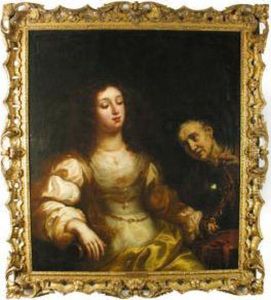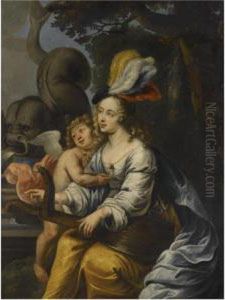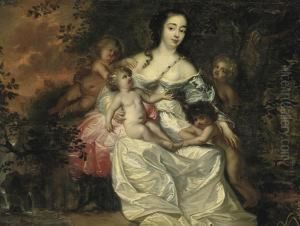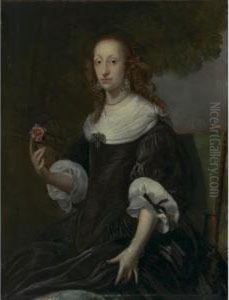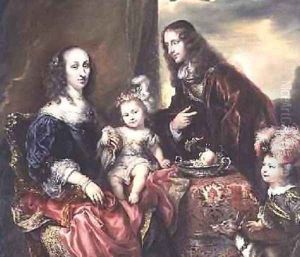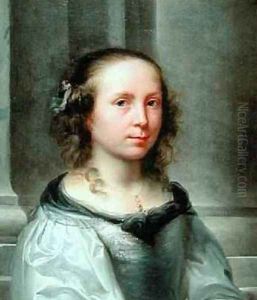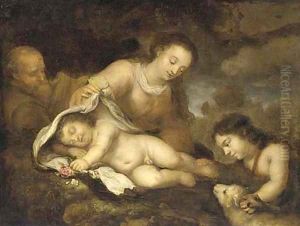Jurgen Ovens Paintings
Jurgen Ovens was a notable painter from the Baroque era, born in 1623 in Tönning, Duchy of Schleswig (now part of Germany). His artistic journey began in his homeland, but his talent and ambition soon led him beyond, seeking broader horizons and greater influences. Ovens is often associated with the Dutch Golden Age of painting, a period characterized by its wealth, cultural richness, and remarkable output in the arts, despite being from what is now Germany. His work was significantly influenced by the period’s leading artists, showing a keen interest in the detailed realism and emotional depth that Dutch art of the time is celebrated for.
Ovens' career took a notable turn when he became a pupil of Rembrandt van Rijn in Amsterdam. This apprenticeship, starting around the early 1640s, was crucial for Ovens, as Rembrandt was one of the most celebrated artists of the era, known for his masterful use of light and shadow and profound psychological insight into his subjects. Under Rembrandt's guidance, Ovens honed his skills, particularly in portrait painting, which would become his most celebrated genre. His time in the Netherlands was not only a period of learning but also of establishing his reputation, as he began to receive commissions from the Dutch elite.
Eventually, Ovens returned to Schleswig, bringing with him the techniques and sensibilities he had acquired in the Netherlands. He became a sought-after painter in his own right, known for his portraits, religious scenes, and historical paintings. His work is characterized by a deep understanding of human emotion, a masterful use of lighting, and a commitment to realism, all of which bear the mark of Rembrandt’s influence. Ovens’ portraits, in particular, are noted for their introspective quality and the dignified portrayal of his subjects.
Ovens' influence extended beyond his immediate geographical area. He worked for a time in Denmark and was court painter to Frederick III, where his artistry continued to flourish. Throughout his career, Ovens maintained a connection to the Dutch style, yet his work also reflects the transition toward the more emotional and dynamic approaches of the Baroque period.
Jurgen Ovens passed away in 1678 in Friedrichstadt, but his legacy lives on through his contributions to the Baroque movement and his role in bridging the artistic traditions of the Netherlands and Northern Germany. Today, his works are preserved in museums and collections across Europe, standing testament to his skill and the cultural exchange that defined the European art scene in the 17th century.


